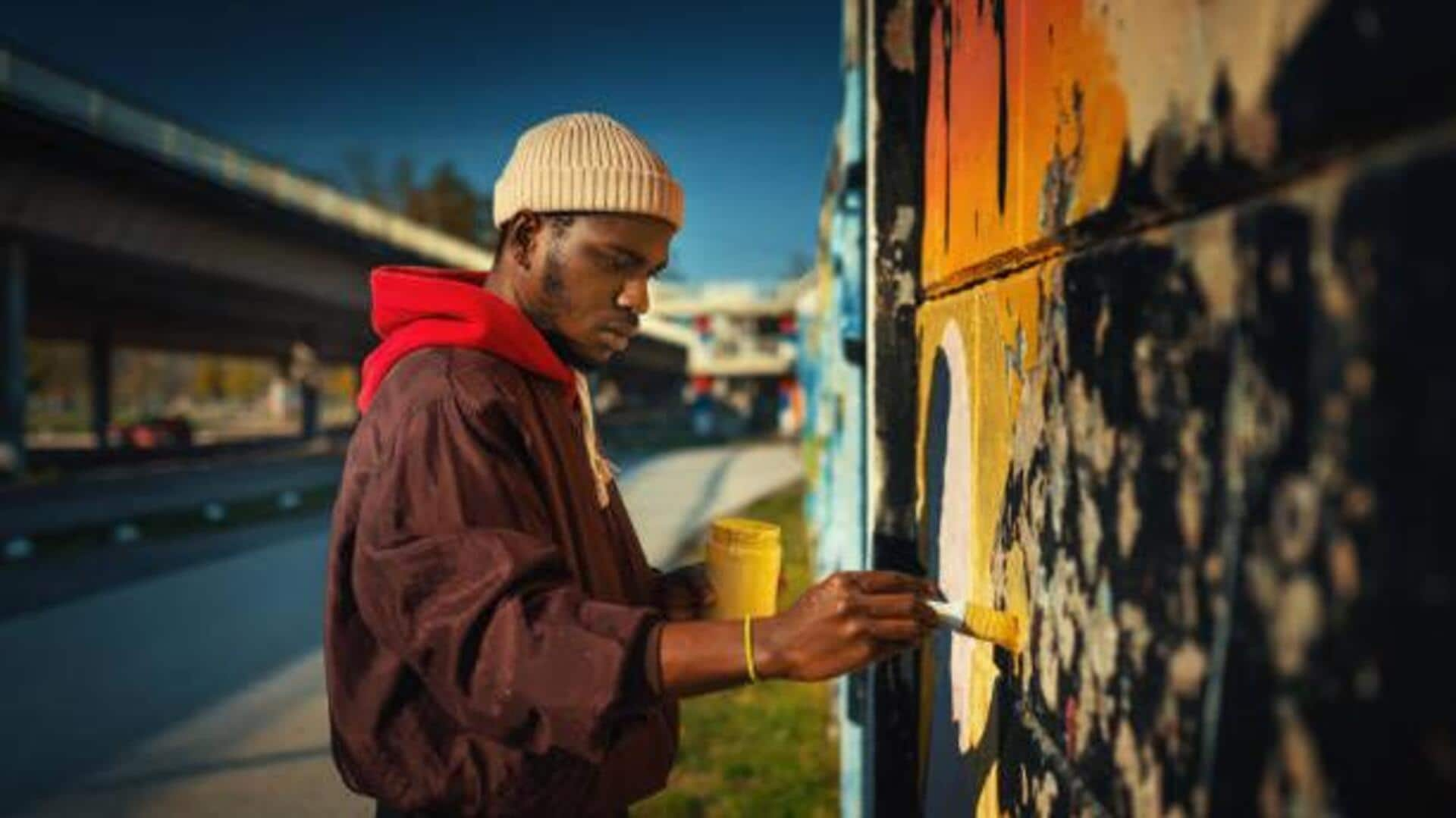
How street art is transforming urban landscapes
What's the story
African street art is taking the world by storm with its colorful, diverse expressions that are defining cityscapes the world over. Deeply embedded in culture and social commentary, this form of art presents a unique view of urban life. As cities around the world adopt this movement, African street art is becoming an inseparable part of urban aesthetics. Here's how it is shaping global cityscapes and what makes it so special.
#1
Cultural narratives in urban spaces
African street art frequently mirrors rich cultural narratives that echo within local communities and beyond. Artists utilize walls as canvases to narrate tales of heritage, identity, and social issues. These masterpieces not only beautify urban spaces but also act as a medium of dialogue among various audiences. By fusing traditional symbols and contemporary themes, African street artists produce pieces that are both visually stunning and thought-provoking.
#2
Social commentary through art
Street art in Africa often highlights urgent social issues like inequality, environmental issues, and human rights. Artists use their art to challenge societal norms, and spark conversations around these issues. This form of expression helps communities grapple with complex issues in a digestible manner. As these works are seen internationally, they add to a global understanding of challenges, through an African lens.
#3
Economic impact on local communities
Notably, the rise of African street art has also proved economically beneficial to local communities. Murals draw tourists who are keen to explore lively neighborhoods painted with colorful artwork. This can bolster local economies with higher demand for guided tours, stays, and food in the area. The artists themselves also profit from the exposure, which can open up avenues for commissions or collaborations.
#4
Technological integration in street art
Technology has increasingly contributed to the development of African street art by facilitating new creative avenues like digital murals or augmented reality experiences embedded in physical works. These advancements enable artists to connect with broader audiences along with providing interactive components that immerse viewers into their creations. The rapid evolution of technology across the globe, including arts, promises thrilling opportunities for the future of this vibrant domain.